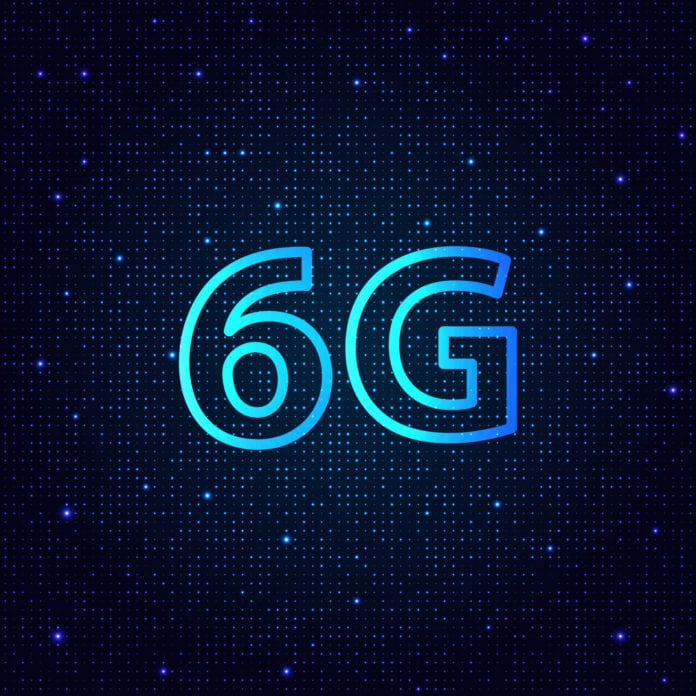The government of South Korea aims to launch a pilot project for not-yet-standardized 6G mobile services in 2026, Korean press reported.
The government expects 6G services could be commercially available in Korea between 2028 and 2030, according to a report from Business Korea.
The government’s strategy for 6G consists of preemptive development of next-generation technologies, securing standard and high value-added patents, and laying R&D and industry foundations. The government of Korea reportedly expects to invest a total of KRW 200 billion ($169 million) between 2021 and 2026 period to secure basic 6G technology.
The government will initially push for 10 strategic tasks in six key areas (hyper-performance, hyper-bandwidth, hyper-precision, hyper-space, hyper-intelligence, and hyper-trust) to preemptively secure next-generation technology. The goal is to achieve one-terabyte-per-second data transmission speed in 6G, which the report claims is five times faster than 5G mobile services and would reduce delay time to one tenth of 5G services.
The Korean government expects to launch a 6G pilot project in 2026. The government selected five major areas for the pilot project: digital healthcare immersive content, self-driving cars, smart cities and smart factories.
Initial 6G networks could be deployed in 2028, while mass commercialization of this technology will occur in 2030, according to a white paper released by Samsung Electronics.
Last month, Samsung released a white paper entitled “The Next Hyper-Connected Experience for All,” outlining the company’s vision for the next generation communication system — namely, 6G. The white paper covers various aspects related to what 6G might look like, including technical and societal megatrends, new services, requirements, candidate technologies and an expected timeline of standardization.
In May, Samsung Research, the advanced R&D hub within Samsung Electronics’ SET Business, founded its Advanced Communications Research Center with the aim of accelerating research for 6G.
In its white paper, Samsung defines three categories of requirements that have to be met to realize 6G services: Performance, architectural and trustworthiness requirements. Examples of 6G performance requirements are a peak data rate of 1,000 Gbps and air latency of less than 100 microseconds, or 50 times the peak data rate and one-tenth the latency of 5G.
Samsung also highlighted that the architectural requirements of 6G include resolving the issues arising from the limited computation capability of mobile devices as well as implementing AI right from the initial phase of technology development and enabling the flexible integration of new network entities.
The white paper also introduces candidate technologies that could be essential to satisfy the requirements for 6G. These include the use of terahertz (THz) frequency bands, novel antenna technologies to enhance the coverage of high frequency band signals, advanced duplex technologies, the evolution of network topology, spectrum sharing to increase the efficiency of frequency utilization and the use of AI in wireless communications.
In January, Japanese telco NTT DoCoMo said it aims to launch commercial 6G technology by 2030.
The Japanese government had also announced plans to put together a comprehensive strategy regarding future 6G wireless communications networks
Also, the Chinese government officially started researching 6G technology.in November last year. According to reports by Chinese state media, government ministries and research institutes had initial meetings with the aim of establishing a national 6G technology research and development group. The Ministry of Science and Technology said that it will set up two working groups to carry out the 6G research activities.
Finland is also among the first countries in the world to kick off research on future 6G technologies.

